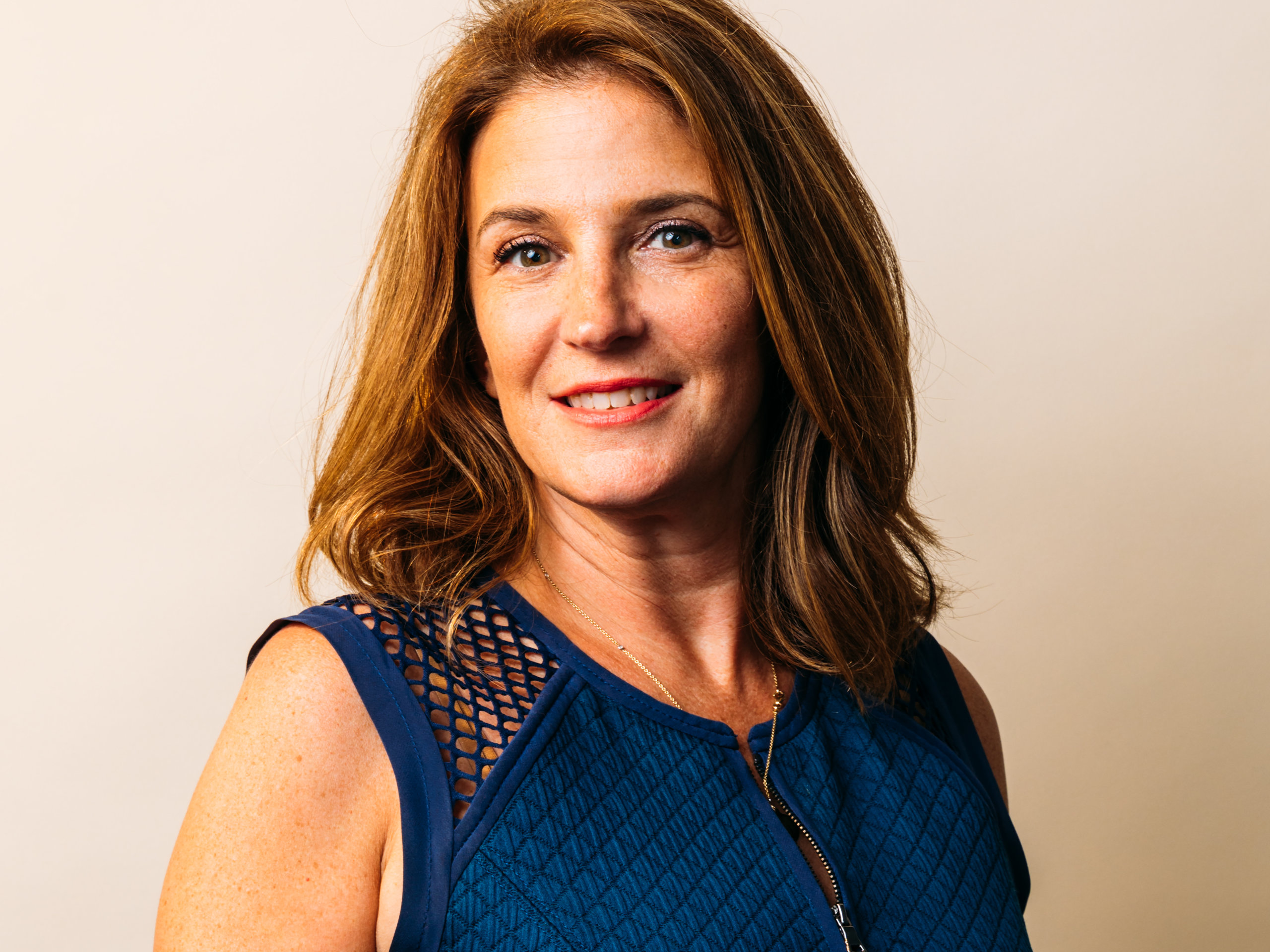
We are inundated with images and videos on a nonstop basis every day. Visuals are the new Global language. More than ever, we all realize the impact they can have on our businesses and our culture. The Covid pandemic has increased that intake tenfold, and images’ ability to effect change—and make us check our biases—is more powerful than it has ever been.
This provides new opportunities for marketers’ ability to tell inclusive stories in a way that changes perception and ignites action. Marketers want to do the right thing, but bias and stereotyping present ongoing challenges. So we have partnered with SeeHer to provide the Inclusive Visual Storytelling Guide for Women. It’s a dynamic resource that gives marketers the tools to be more aware and to be braver in their visual storytelling, while also expanding their marketing content to include women of all backgrounds, of all colors and shades, of all abilities, of all ages and others that, collectively, leverage the advantage of diversity.
The passion we’ve uncovered around this topic is amazing. I am a mom with three girls, and every time we do an inclusive Instagram story, one of my daughters proudly sends it to me. So it becomes a legacy we leave our kids, already the most inclusive generation in history. And when we wanted to raise our game and make the guide more interactive and effective, we didn’t even have to ask: Our design platform partner Ceros approached us and said “we want to help. We’ll do the work on our own time after hours because we are so passionate about what you and SeeHer are doing.”
We worked with Ceros on the Inclusive Visual Storytelling Guide for Women landing page and what they created is all at once beautiful, dynamic and powerful. Our guidelines originally had no visuals and were geared to help provide insights, questions and a glossary to help marketers choose and create more representative imagery for all women. The Ceros design team read the guidelines and brought them to life – using Getty Images content of course – to tell a visually interactive story about the power of being inclusive. They further demonstrated the power that images and video have to lift us all up.
So we don’t need to talk about the effect of a picture of a female firefighter; we help marketers to feel it. The landing page added that extra element we hope will inspire brands to use inclusive content and visuals. In a way, Ceros is the Guide’s first success story.
Here’s how Melissa Wygant, head of Professional Services at Ceros, explains the enthusiasm the movement generates and why her team wanted to help so much: “I worked in fashion e-comm for a decade,” she says, “and ‘diversity’ was one model out of five with a slightly different skin tone but still impossibly skinny, young and feminine. The fashion and advertising industries have made progress since then but we need more, and now I’m lucky to be in a position to help influence that change. It would be irresponsible not to. My crazy talented team is extremely vocal about diversity and advocacy, too, so partnering was a no-brainer.”
At Getty Images, we’ve been working on creating inclusive content for over six years geared towards breaking stereotypes and providing authentic representation of the world we live in. Joining forces with SeeHer strengthens that effort by orders of magnitude. The timing is incredibly appropriate, given that because of the pandemic, women, who bear a disproportionate burden, need to be top of mind in marketers’ storytelling. The social justice movement sparked by the murder of George Floyd, Breonna Taylor and others has further heightened the need for inclusive stories.
With the Visual Storytelling Guide, brands now have a starting point, a solution in place, on how to do it.
